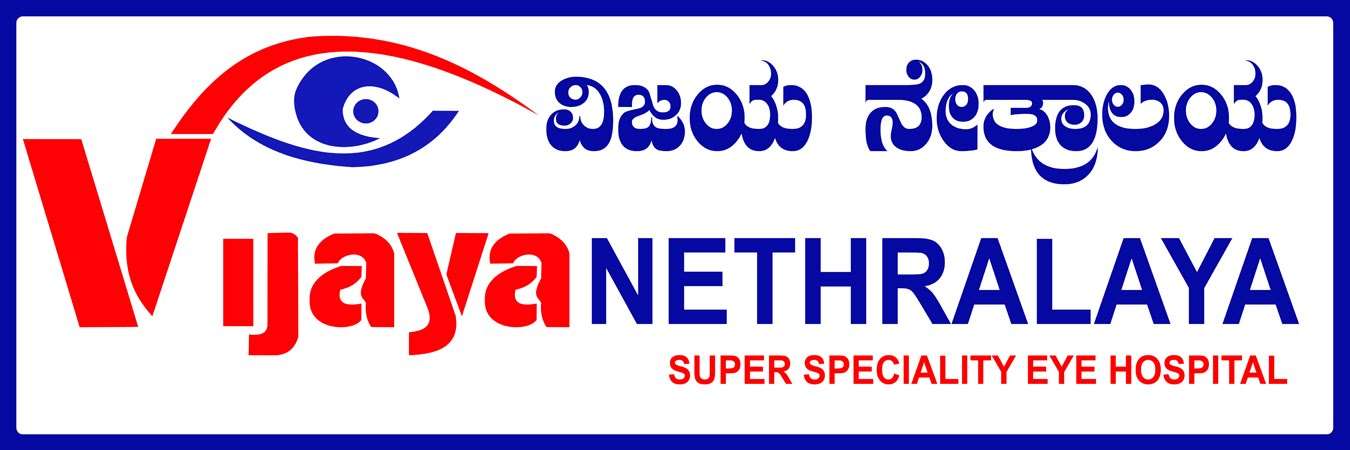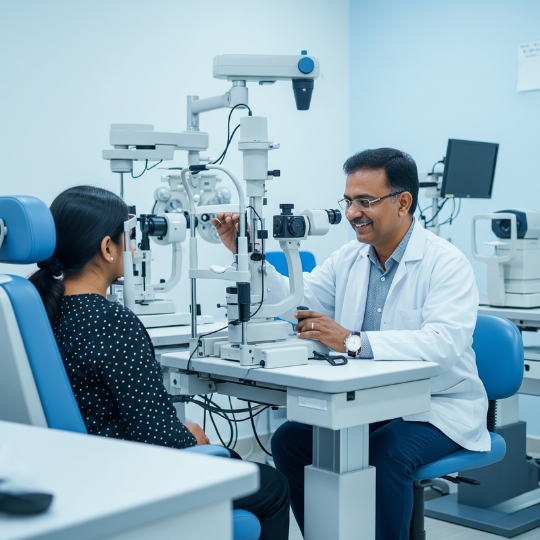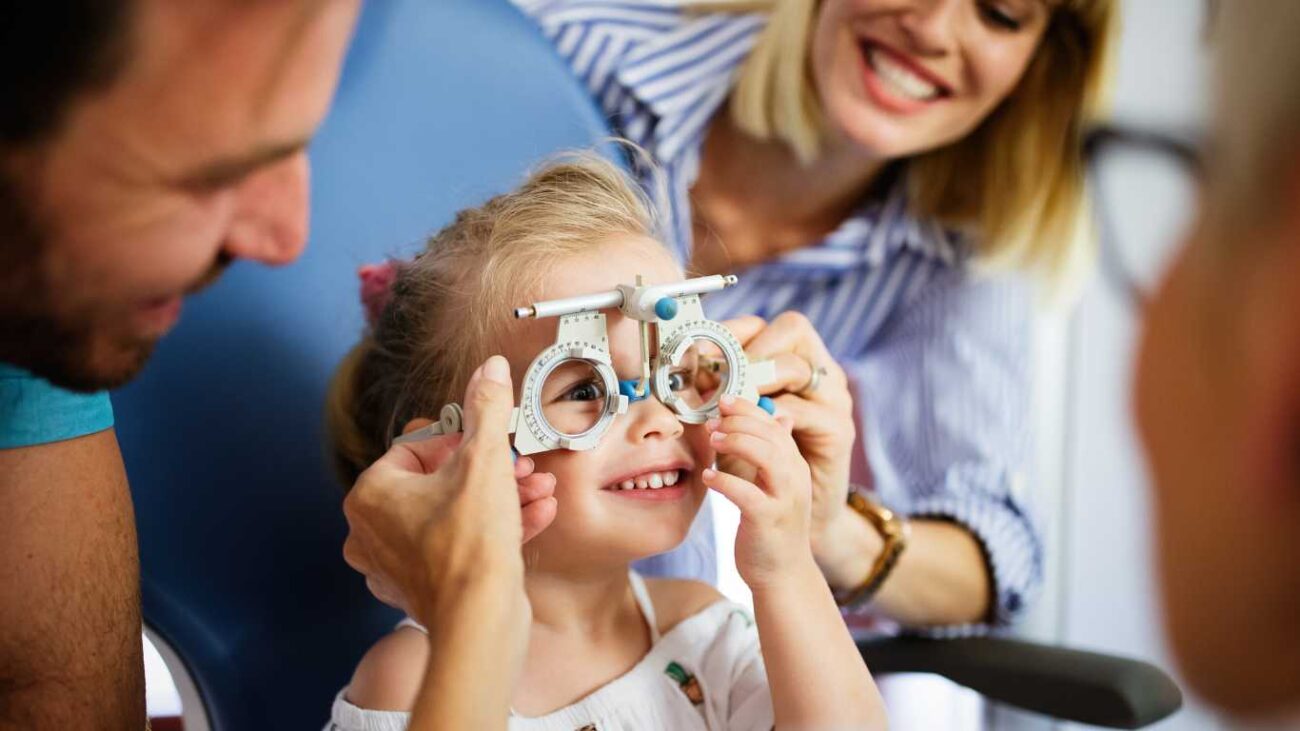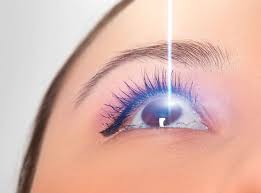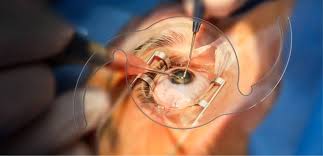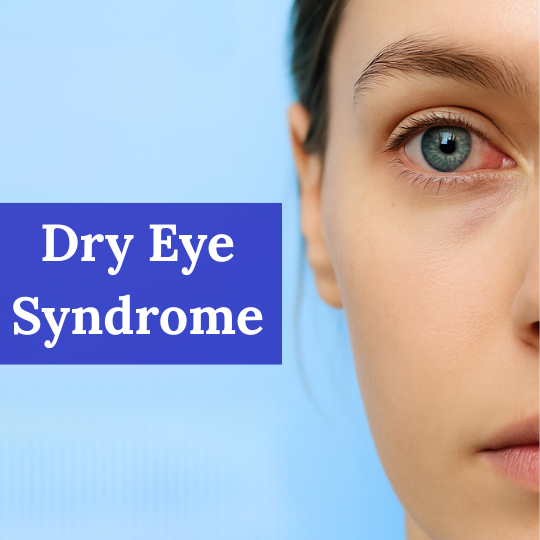What is laser photocoagulation?
Laser photocoagulation is a cutting-edge eye treatment that uses laser energy to precisely seal or destroy abnormal tissue in the retina. It’s like a digital scalpel—non-invasive, controlled, and designed to preserve your vision with minimal fuss. Surgeons perform the procedure to stop leakage from damaged blood vessels, prevent abnormal growth, or secure parts of the retina to avoid detachment.
Why is it performed?
The main goal of laser photocoagulation is to halt or slow down vision loss caused by conditions that affect the retina. These conditions often lead to leakage, swelling, or abnormal blood vessel formation. The laser works by creating tiny burns to close these vessels and prevent further complications.
In simpler terms—think of it as “welding” the retina back into place or “sealing the leaks” in your eye’s plumbing system.

Conditions Treated Using Laser Photocoagulation
Laser photocoagulation isn’t a one-size-fits-all treatment—it’s used for a variety of retinal issues, including:
- Diabetic Retinopathy: Particularly effective for proliferative stages and macular edema.
- Central Serous Retinopathy: Where fluid collects under the retina.
- Retinal Tears or Detachments: Prevents further detachment.
- Macular Degeneration (Wet Type): Controls abnormal blood vessel growth.
- Retinal Vein Occlusion: Manages macular edema and neovascularization.
If you or a loved one suffers from any of these conditions, laser photocoagulation might just be the lifeline your vision needs.
Understanding the Procedure
How the Laser Works
The laser in photocoagulation emits a highly focused beam of light to generate localized heat. This heat either seals the blood vessels or triggers a controlled inflammation response that stabilizes the retina. It’s precise—imagine using a fine-tip soldering iron to fix a microchip, except this time, the chip is your retina.
Different types of lasers may be used:
- Argon Laser (most common)
- Diode Laser
- Nd:YAG Laser
Each has a different wavelength and application, but the goal remains the same—protecting your vision.
Is it painful?
Most patients describe laser photocoagulation as mildly uncomfortable rather than painful. The doctor usually administers anesthetic eye drops, and you might feel a sting or mild pressure, but it’s very tolerable.
Post-procedure, you may experience:
- Temporary blurriness
- Mild discomfort
- Sensitivity to light
But serious pain? Rare. Think of it more like a pinch or a short, sharp burst of light—not a full-blown surgery ordeal.
How Long Does it Take?
A typical session takes between 15 to 30 minutes. There’s no need for a hospital stay. You’ll walk in, receive treatment, and walk out—all within an hour. For patients with both eyes affected, the doctor will treat one eye at a time, spacing sessions a week or two apart.
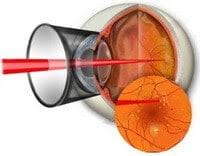
Photocoagulation Cost Breakdown
Cost in Government vs. Private Hospitals
Cost is a major factor, and it varies drastically depending on where you get the procedure done.
- Government Hospitals: ₹500–₹2,000 (in India), sometimes even free under health schemes.
- Private Eye Hospitals: ₹8,000–₹25,000 per session.
Private hospitals often include:
- State-of-the-art machines
- Expert specialists
- Post-op care and diagnostics
If budget is a concern, government hospitals or charitable eye care centers are solid options.
Regional Price Differences (India, US, UK, etc.)
Here’s a quick global comparison:
| Country | Average Cost per Eye |
|---|---|
| India | ₹8,000–₹25,000 |
| USA | $1,500–$2,500 |
| UK (NHS) | Free (if eligible) |
| Canada | Covered by OHIP/Medicare (for most) |
| Australia | $500–$1,000 (with Medicare) |
Note: These prices are per session, and multiple sessions may be needed depending on the severity.
One-Eye vs. Both-Eyes Treatment
Some patients need treatment in both eyes. You’ll typically pay double, but many clinics offer discounted package pricing if both eyes are done within the same month or facility.
Sample pricing in India:
- One Eye: ₹10,000
- Both Eyes: ₹18,000 (if done within 7–14 days)
Cost of Repeat Sessions
Laser photocoagulation is not always a one-and-done deal. Repeat sessions may be required every few months, especially for chronic conditions like diabetic macular edema.
Each repeat session typically costs
- ₹5,000–₹15,000 in India
- $1,000+ in the US
Some hospitals offer packages for multiple sessions that reduce the per-session cost.
Factors That Influence Laser Photocoagulation
Type of Eye Condition
Laser treatment for retinal tears might be cheaper than treating proliferative diabetic retinopathy, which may require more laser applications.
Severity of Disease
More laser spots = longer time = higher cost. Severe cases often require multiple sessions and additional follow-up tests like OCT (optical coherence tomography), which add to the bill.
Experience of the Ophthalmologist
Senior retinal surgeons may charge premium consultation and treatment fees. You’re paying for expertise—sometimes it’s worth spending more to avoid complications.
Use of Advanced Laser Technology
Hospitals with newer tech (like pattern scanning lasers or navigated laser systems) usually charge more, but they
- Reduce treatment time
- Increase precision
- Lower risk of damage
It’s like flying economy vs. business class—they both get you there, but one is just more comfortable and efficient.
Insurance and Reimbursement
Is it covered by insurance?
Yes, most health insurance policies cover laser photocoagulation if it’s considered medically necessary. However, cosmetic or experimental uses may be excluded.
Covered conditions typically include:
- Diabetic Retinopathy
- Retinal Tears/Detachment
- AMD
Check with your provider before proceeding.
How to Claim It
- Pre-authorization: Submit a form with diagnosis and doctor’s notes.
- Get a cost estimate: Hospitals often help with paperwork.
- Submit Bills: Include the laser report, discharge summary, and payment proof.
- Reimbursement: Usually processed within 2–4 weeks.
Government Schemes and Subsidies
In India, these schemes can reduce or cover the cost completely:
- Ayushman Bharat Yojana
- Employee State Insurance (ESI)
- Chief Minister Health Insurance Scheme (State-based)
- Free Eye Camps by NGOs
Ask your ophthalmologist if you’re eligible.
Comparing Laser Photocoagulation to Other Treatments
Injections vs. Laser
Injections like Avastin or Lucentis can cost ₹10,000–₹50,000 per shot and require multiple doses over time. Lasers, in comparison, may be more affordable long term with fewer follow-ups.
| Treatment | Cost per Session | Sessions Required |
|---|---|---|
| Laser | ₹8k–₹25k | 1–4 (avg.) |
| Injections | ₹10k–₹50k | 6–12 per year |
Surgery vs. Laser
Surgical treatment of the retina (like vitrectomy) is far more invasive and expensive, often costing ₹60,000–₹150,000. Lasers are non-surgical, cheaper, and have fewer complications.
Cost Efficiency Over Time
While lasers may seem expensive up front, they often reduce the need for hospital visits, medicine, and vision loss—saving you money and headaches down the road.
Long-Term Value and Benefits
Can it prevent vision loss?
Absolutely. When done early, laser photocoagulation can stabilize your condition and protect your eyesight for years to come.
In diseases like diabetic retinopathy, it’s often the difference between vision retention and total blindness.
Will You Need It Again?
That depends on:
Some patients never need another session. Others might need yearly touch-ups.
- The condition
- How early it was treated
- Your sugar or blood pressure control (for diabetic patients)

Tips to Reduce Laser Photocoagulation
Choosing the Right Hospital
Always go for NABH-accredited hospitals or well-known eye centers. Read reviews, ask around, and ensure transparency in billing.
Using Health Packages or Subsidies
Some hospitals offer complete diabetic retinopathy packages that include:
- OCT
- Fundus photography
- Laser treatment
- Follow-up consults
These can save up to 30% overall.
Getting a Second Opinion
Don’t rush. If your doctor recommends laser photocoagulation, consider seeing another retina specialist to confirm the need. It could save you unnecessary expenses—or give peace of mind.
Conclusion
Laser photocoagulation is more than just a medical procedure—it’s an investment in your vision. While the cost can feel steep initially, the long-term benefits are undeniable. Whether you’re dealing with diabetic complications, macular issues, or retinal tears, this treatment has helped millions avoid blindness and live fuller, independent lives.
By understanding the cost breakdown, comparing regional prices, and exploring your insurance or subsidy options, you can make smarter choices and avoid being overcharged. The eyes are windows to your world—don’t put off treatment because of fear or cost. There’s always a path forward.
Author Details:
Dr. Sushruth Appajigowda holds a prominent position as a Cornea, Cataract, Glaucoma, and LASIK Surgeon in Bangalore. He serves as the chief Cataract and Refractive surgeon at Vijaya Nethralaya Eye Hospital, Nagarbhavi Bangalore. Renowned as one of the finest LASIK surgeons nationwide, he brings with him over 12+ years of experience across multiple LASIK platforms, including ZEISS, ALCON, SCHWIND, AMO, and Bausch and Lomb. Having successfully conducted over 5000 LASIK procedures, Dr. Sushruth holds the title of a Certified Refractive Surgeon and a Fellow of the All India Collegium Of Ophthalmology. Furthermore, he stands as a distinguished speaker at various National and International Forums, using his expertise to guide you in selecting the most suitable procedure based on your health requirements.
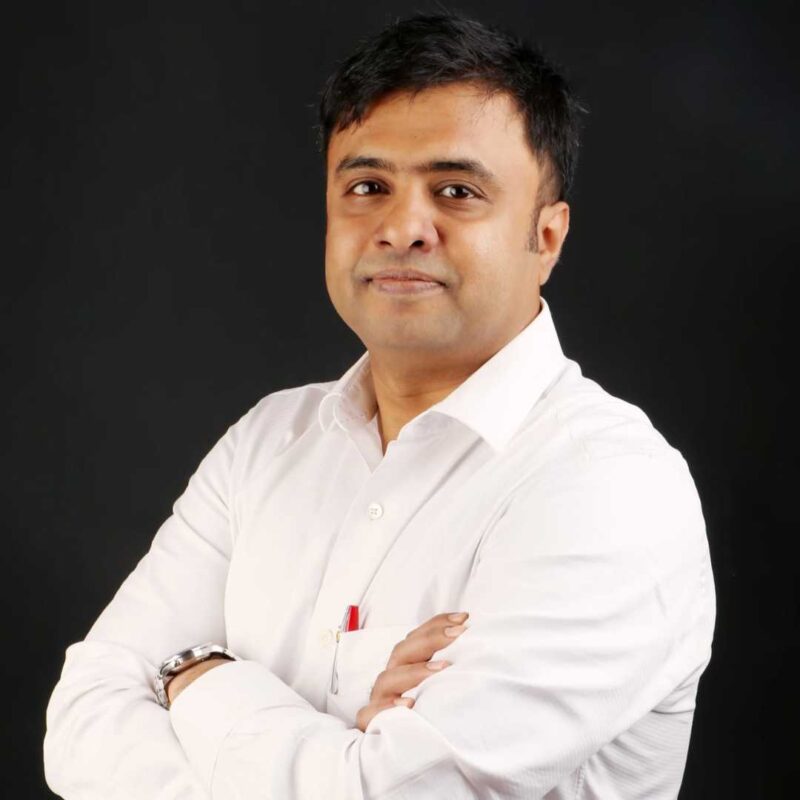
http://vijayanethralaya.com/link-in-bio/
FAQs
Is laser photocoagulation expensive?
It can be, especially in private hospitals. But in government hospitals or with insurance, the cost is drastically reduced or even free.
How many sessions are usually needed?
Some patients need only one. Others, especially those with diabetic macular edema, may need multiple sessions spaced over months or years.
Is there a cheaper alternative?
Not really. Injections are usually more expensive, and surgery is more invasive. Laser remains one of the most cost-effective retina treatments available.
Can it be done in a government hospital?
Yes! Many district hospitals and eye centers in India offer this service under nat
